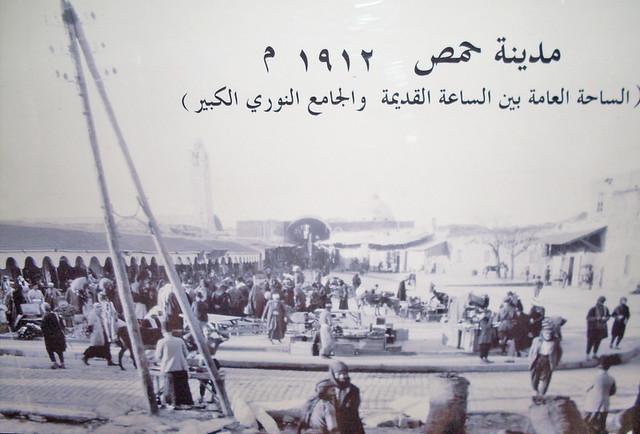
Tadmur District
Overview
Historical Significance
Tadmur, also known as Palmyra, is a city steeped in ancient history that dates back to the 2nd millennium BC. It served as a crucial trading hub linking the East and West, known for its strategic location along the Silk Road. The city’s rich heritage is encapsulated in its well-preserved ruins, which are a UNESCO World Heritage site. Visitors can explore the remnants of the Temple of Bel, the stunning colonnade of the ancient city, and the grand amphitheater that once hosted theatrical performances and gladiatorial games. Each stone tells a story of a civilization that flourished in the desert, making Tadmur a vital stop for history enthusiasts.
Architectural Marvels
The architectural landscape of Tadmur is nothing short of breathtaking. The city is renowned for its well-preserved Greco-Roman ruins, showcasing the fusion of various cultures over centuries. As you wander through the ruins, the towering columns, intricate carvings, and expansive courtyards will transport you back in time. Notable structures include the monumental Arch of Triumph and the extensive necropolis, where elaborate tombs reflect the wealth and status of the ancient Palmyrene people. The sunset casts a golden hue over the ruins, creating a magical atmosphere that enchants every visitor.
Culture and Atmosphere
Tadmur exudes a unique atmosphere that is both serene and contemplative. The blend of ancient ruins and the surrounding desert landscape creates a tranquil environment, ideal for introspection. The local population is known for their hospitality, often welcoming travelers with warmth and kindness. The cultural tapestry of Tadmur is woven with threads of Bedouin traditions, Islamic heritage, and the enduring legacy of the ancient Palmyrene civilization. Visitors can experience local customs, sample traditional Syrian cuisine, and engage with artisans showcasing their crafts, such as weaving and pottery.
Modern Challenges and Resilience
In recent years, Tadmur has faced significant challenges due to the ongoing conflict in Syria. The city has suffered damage to its historical sites and infrastructure, yet the resilience of its people shines through. Efforts to restore and preserve Tadmur's rich heritage are underway, reflecting the determination of locals to revitalize their cultural identity. Travelers may witness the strength and perseverance of the community as they work towards rebuilding their lives and heritage amidst adversity.
Practical Information for Travelers
For those planning to visit Tadmur, it’s essential to stay informed about the current situation in Syria and to travel with a reliable guide. The best time to visit is during the cooler months from October to April, allowing for comfortable exploration of the ancient ruins. Local accommodations range from guesthouses to hotels, providing visitors with options to experience authentic Syrian hospitality. As you explore Tadmur, remember to dress modestly and respect local customs, ensuring a positive interaction with the city's residents and culture.
Tadmur is more than just a stop on your travel itinerary; it is a living testament to the resilience of human civilization. The blend of ancient history, stunning architecture, and a welcoming community makes Tadmur a captivating destination for any traveler seeking to delve into the heart of Syria’s rich cultural landscape.
Other towns or cities you may like in Syria
Explore other cities that share similar charm and attractions.





